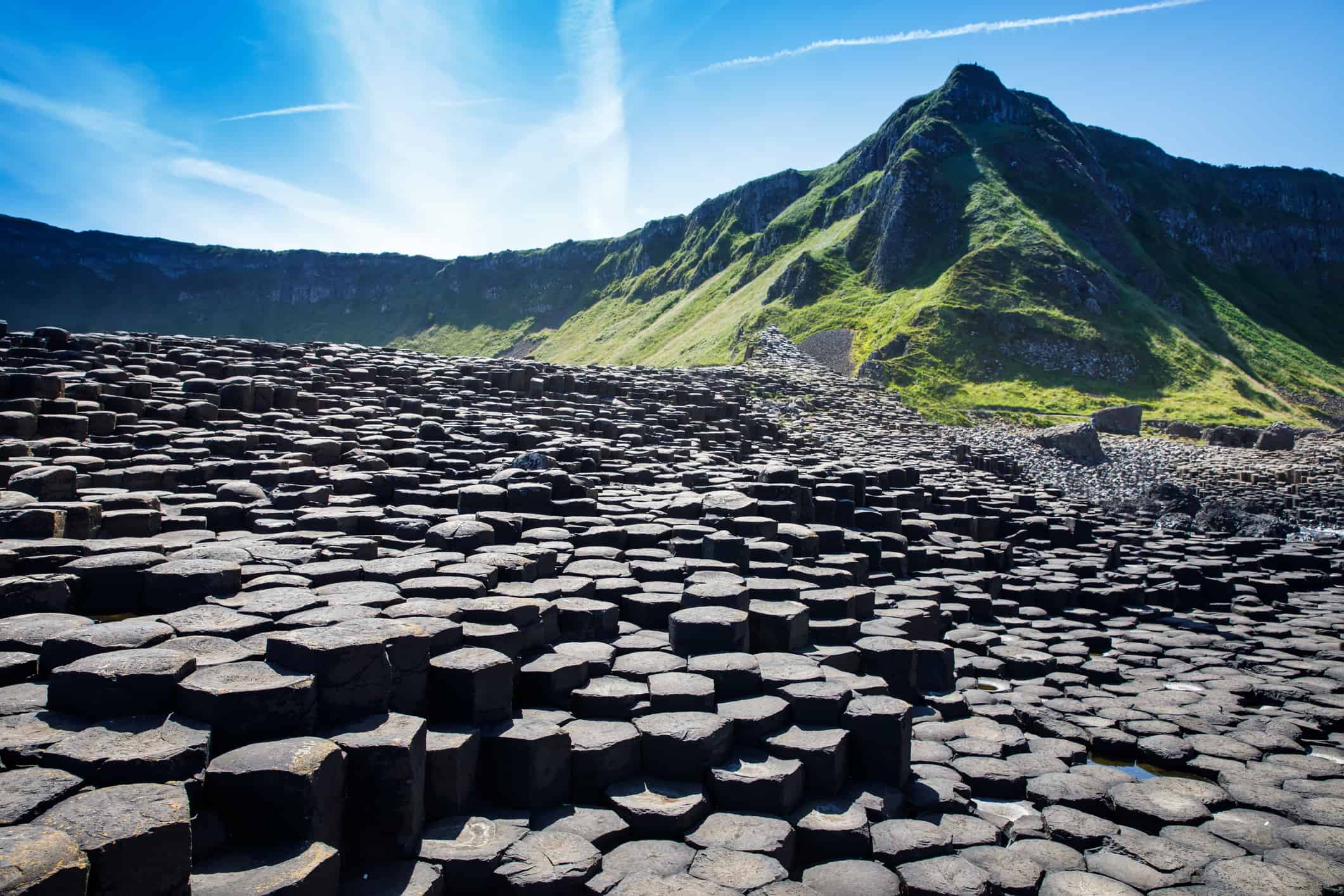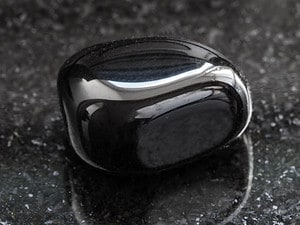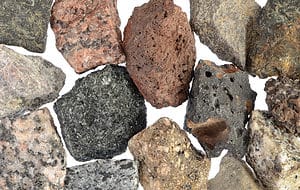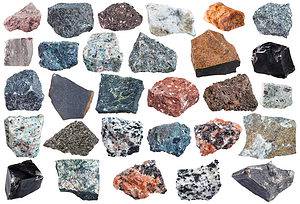What is an Igneous Rock
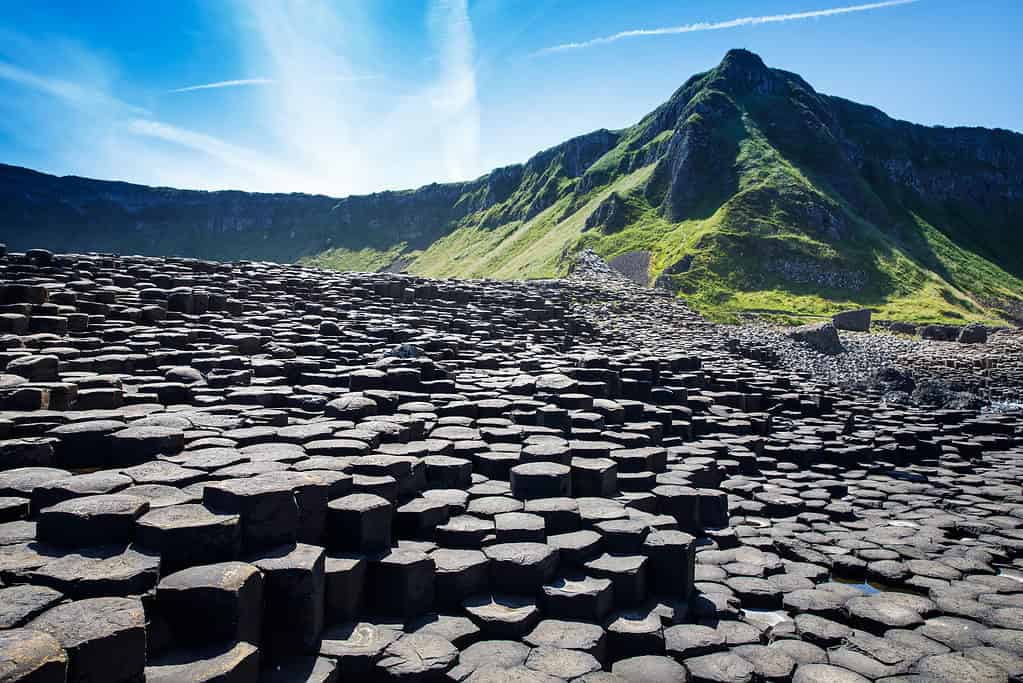
Igneous rocks are “fire born.”
©iStock.com/romrodinka
The shortest answer is that igneous rocks are “fire-born.” The clue about their formation is in their name – igneous. It’s derived from the Latin word for fire, ignis, which also gives us the English word ignite. Magma or lava that solidifies becomes an igneous rock.
Igneous rocks’ composition is often several different types of rocks or crystals. In some, like granite, you can see some of them because the rock is coarse-grained. However, others are fine-grained or even glassy in appearance.
There’s Action Below the Earth’s Surface

Below the crust, Earth quickly reaches 1,000 to 2,400 degrees Fahrenheit
©iStock.com/Rost-9D
Although things on the surface seem pretty settled; barring the occasional earthquake, the Earth is constantly moving. Far below the crust, immense pressure increases the heat and can range between 1,100ºF and 2,400ºF. Most things here are either melted or melting – the melted material is called magma.
Sometimes, this ever-shifting underground magma flow pushes toward the surface near weak spots in the crust. It can spew from the ground or collect in pockets that sometimes burst; but in others, it cools over millions of years underground.
Some locations with magma chambers near the surface are pretty obvious – hot springs and geothermal vents show that something is underneath, heating the water.
When one of the pockets bursts, it can take the form of a pyroclastic flow, a simple eruption that pushes pieces of lava into the air like a fountain, or even one of the slow-moving volcanoes like the ones that formed the Hawaiian Islands.
Types of Igneous Rocks
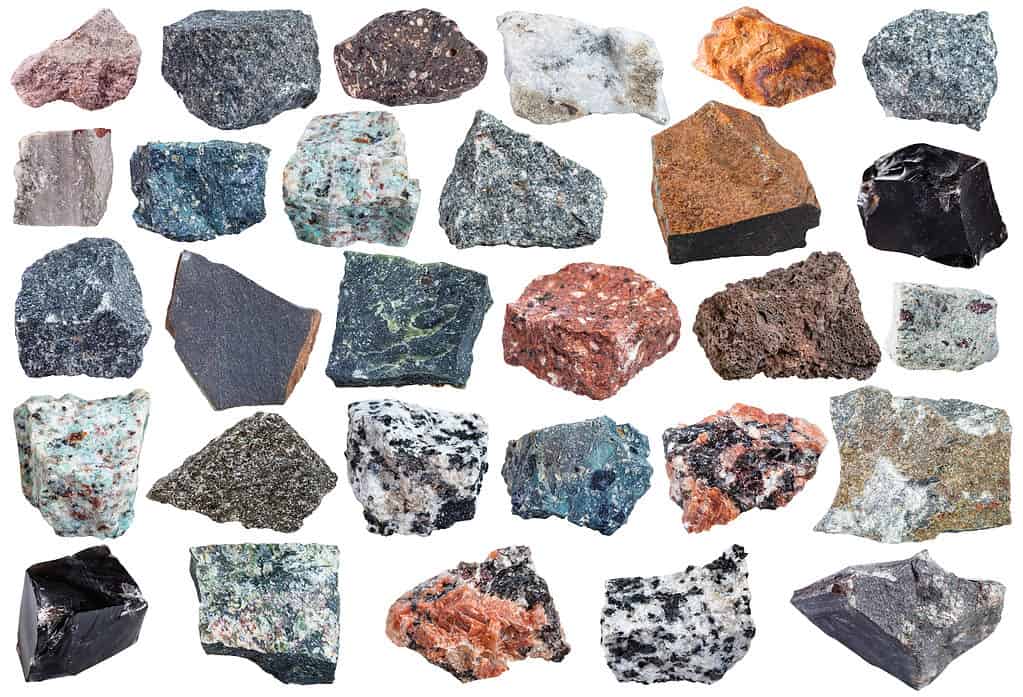
Set of Igneous rock specimens – pegmatite, basalt, trachyte, orthoclase, rhyolite, andesite, dacite, granite, carbonatite, diorite, glassbasalt, dunite, gabbro, kimberlite, obsidian, etc.
©vvoe/Shutterstock.com
The types of rock formed by magma depend on what was in the magma and how fast it cooled.
We find two types of igneous rocks on this great big, blue marble we call Earth: Intrusive and Extrusive. The two categories are really broad and include a lot of different types of rocks.
Even the speed at which they cool can determine what sort of rock forms. For example, rhyolite and granite come from the same magma. However, if it cools slowly, it becomes granite. Cooling quickly by being expelled through a volcano gives you rhyolite.
Inclusive rocks are those that form deep inside the earth. They cool very slowly and, as a result, usually have visible crystals embedded in their structure.
Inclusive rocks are also called plutonic rocks after the Roman god of the underworld, Pluto. Examples of inclusive igneous rocks:
- Diabase — fine-grained and dark in color, you’ll find labradorite, pyroxene minerals, and varying amounts of quartz, hornblende, olivine, and magnetite.
- Granite — granite is mostly feldspar and quartz.
- Peridotite — a coarse-grained, dense rock that mostly consists of olivine and pyroxene.
Extrusive rocks don’t have much time to cool and some are expelled forcefully from volcanos – they’re often called volcanic because of this. Volcanic rocks are also named after a Roman god – Vulcan, the god of fire. These rocks cool so quickly, that they don’t have time to form crystalline structures and sometimes look like glass. Here are a few examples:
- Pumice — light and porous, it forms when a blob of gas-filled lava escapes.
- Obsidian — volcanic glass that forms from felsic lava that cools too fast to develop crystals.
- Rhyolite — the same composition of granite, but it cools quickly, so crystals aren’t visible.
Where Can You See Igneous Rocks
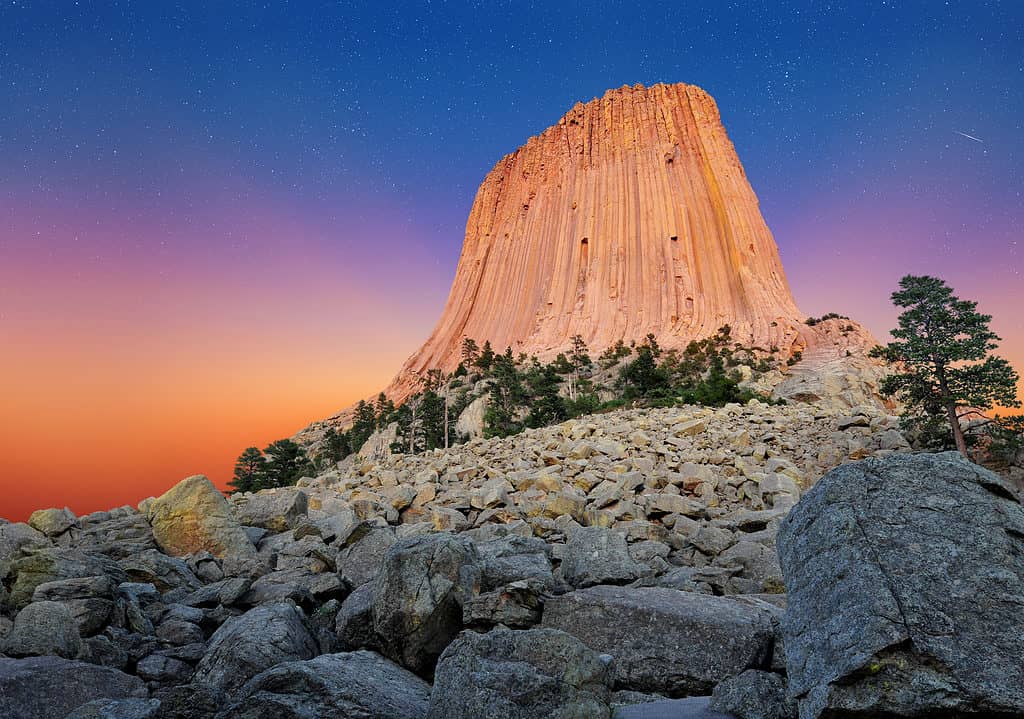
Devil’s Tower in Wyoming is a famous igneous rock.
©iStock.com/LaserLens
These rocks are all over the place! Devil’s Tower Monument in Wyoming is an igneous rock. Its composition is rare and made of phonolite and porphyry, Devil’s Tower is the biggest example of columnar joining in the world!
Here are a few other locations:
- Half Dome in Yosemite Park, California — granite that formed from a magma bubble that eventually worked its way to the surface.
- Hawai’i Volcanoes National Park — Hawai’i’s volcanoes are legendary! They erupt regularly, but the lava flows very slowly. It builds the islands even as it destroys everything in its path.
- Mount St. Helens near Longview, Washington — well known for blowing off half the mountain’s side when it last erupted in 1980. Until then, it was your typical cone-shaped volcano.
- Boring Lava Field in Willamette, Oregon — volcanic vents are clustered in groups of three to six, that erupted similar types of lava over relatively short time spans.
Igneous rocks are pretty easy to find because the earth was partly shaped by volcanic forces. The tectonic places that hold the continents are in constant motion, shaping and moving things so slowly that we don’t see the changes unless something drastic happens.
Thank you for reading! Have some feedback for us? Contact the AZ Animals editorial team.

